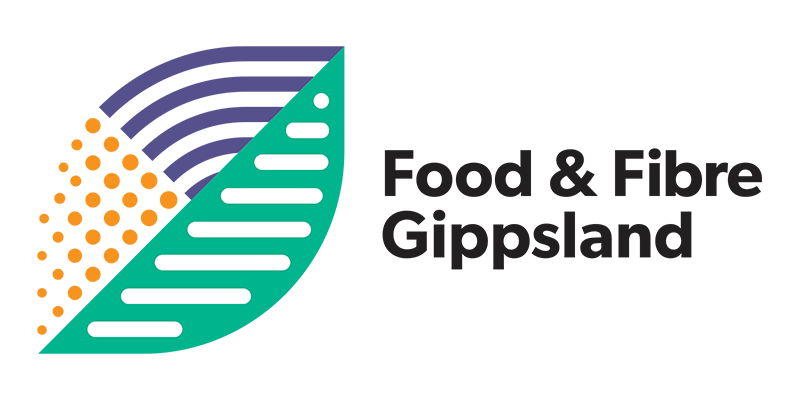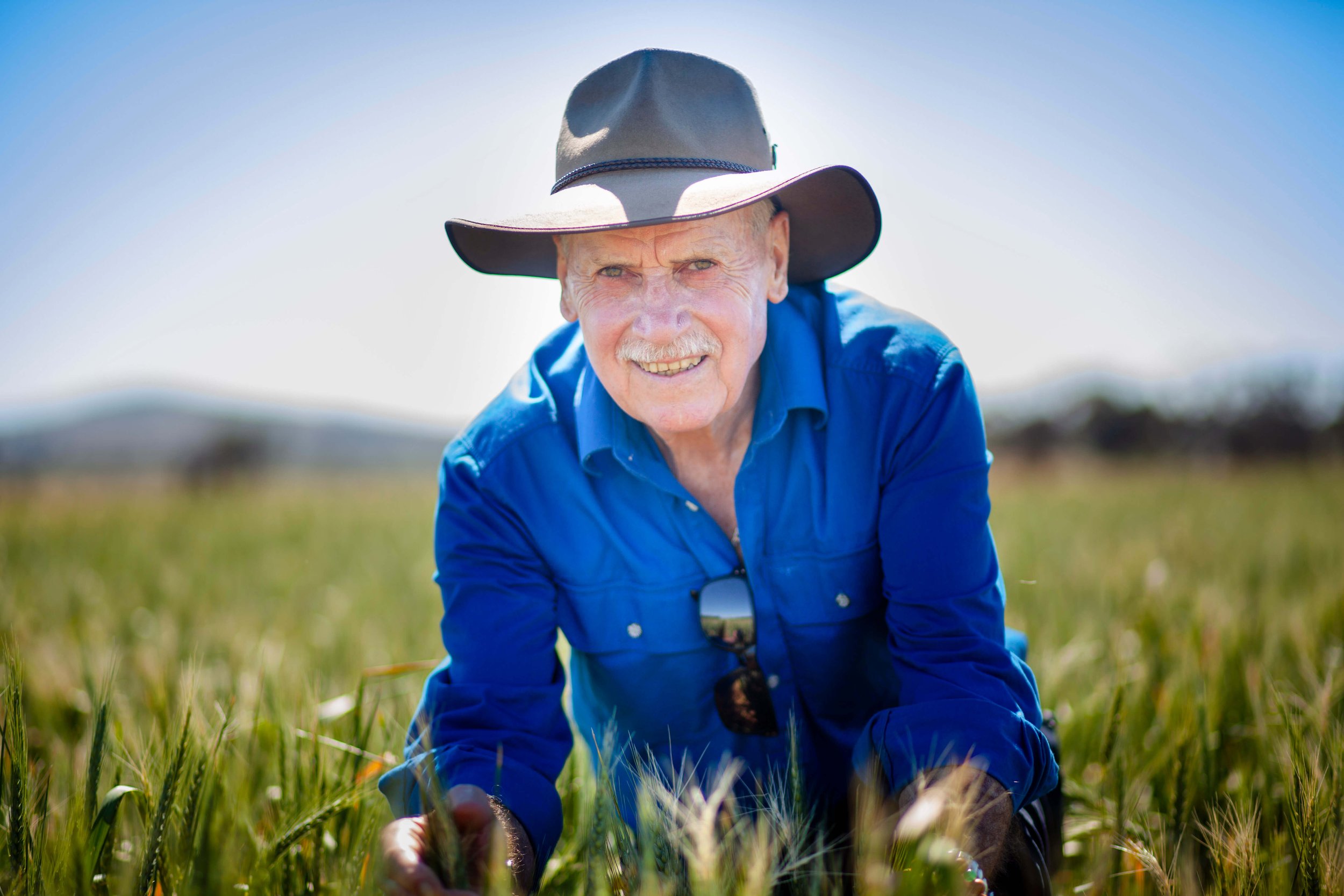Getting Ahead of the Drought Cycle
The best time to manage a drought is before a drought, and Gippsland farmers are encouraged to act now to get ahead of the cycle while times are good.
With yields high and commodity prices generally strong across the board, rural confidence is at a 20-year high according to the Rabobank Farm Viability Index released in June this year.
It would appear many are saying ‘let the good times roll’.
Professor Tim Reeves
Well, yes and no – according to Professor Tim Reeves, Co-Director of the Victoria Drought Resilience Adoption and Innovation Hub, a new collaboration between government, academia, industry, and community to ensure farm and related businesses are better informed, more productive, and more profitable in the face of future droughts.
Funded by the Commonwealth Government, the Drought Hub will contribute $8 million over four years through the Future Drought Fund.
The program is led by the University of Melbourne’s Dookie Campus, conducted in association with Deakin, La Trobe, and Federation University and Agriculture Victoria; and is supported by five regional nodes across Victoria. In Gippsland, the regional node is led by Food & Fibre Gippsland.
Industry consultation has been conducted throughout spring across the region via farmers, councils, businesses, health organisations, and community groups about how to meet local needs best, with particular focus on the local government areas of the East Gippsland and Wellington Shires which were impacted most by the last drought.
Future Fodder Project - Anthony Snow (Snow Rural)
The 'future fodder' project is now underway. Developed in collaboration with Food & Fibre Gippsland, the Gippsland Agricultural Group and Agriculture Victoria, the on-the-ground activities of this project are all about proactively gaining a better understanding of how to store feed surpluses and make more of the fodder grown on farm.
In the pipeline for 2022 are more projects with a focus on improving water use efficiency in irrigated horticulture across the Thomson, Mitchell, Tambo and Snowy River catchments as well as developing a portfolio of work across South and West Gippsland for dairy and horticulture.
Professor Reeves urges producers to act when their farming business is in a favourable position to enhance future drought resilience, as this is when farmers can have the biggest impact in preparing for the inevitable, difficult times.
“It’s wonderful to see Victoria’s farming communities generally doing well. Part of our job now is to ensure this continues when the seasons inevitably turn,” Professor Reeves said.
“It is critical farmers take action regarding decisions or investments that can set them up for the long term”.
“It could be long-term fodder supply, building stock containment infrastructure or looking at options to diversify the farming business, through geographic location, or transitioning into different production systems. Renewable energy could also be an option, reducing energy bills while investing in environmental outcomes, while other off-farm investments can deliver a return, spreading risk.
Professor Reeves said there are four key stages of the drought cycle, and steps must be taken at each stage of the cycle to truly build drought resilience and preparedness.
“There are the good times when there’s a dollar in the pocket, and there are the periods where an El Niño might be forecast, and the future is uncertain. It’s during these periods where the rubber hits the road, with prompt, effective decision-making essential to limit drought’s impact on a farming business.
“There is the drought itself, where risk and cost are front of mind – and mental health must be looked after - and the recovery where ‘green shoots’ are signalling things are possibly on the way back. Here, farmers can ramp up effectivity, generate cash flow and set themselves up to go again.
“The Victorian Drought Hub will give farmers and rural communities tools to address vulnerability to drought through this cycle, with the regional nodes developing new ways to collaborate and drive on the ground outcomes for farmers and communities.”
As specific projects continue to be rolled out across Gippsland, there will be ongoing engagement with communities to build a better understanding of the four stages of drought, and what it means for their specific part of the region.
People are encouraged to get in touch with the Gippsland Node Leader, Food & Fibre Gippsland to share their thoughts or ideas for building more resilient farming businesses and communities
“Together, we will deliver the biggest impact for producers and the community. That’s what this is all about,” Professor Reeves said.
Anyone interested in getting involved in the ongoing consultation is encouraged to contact the Gippsland Node Leader Program Manager Julian Hill - julian.hill@foodandfibregippsland.com.au
Media release distributed 13 December, 2021



